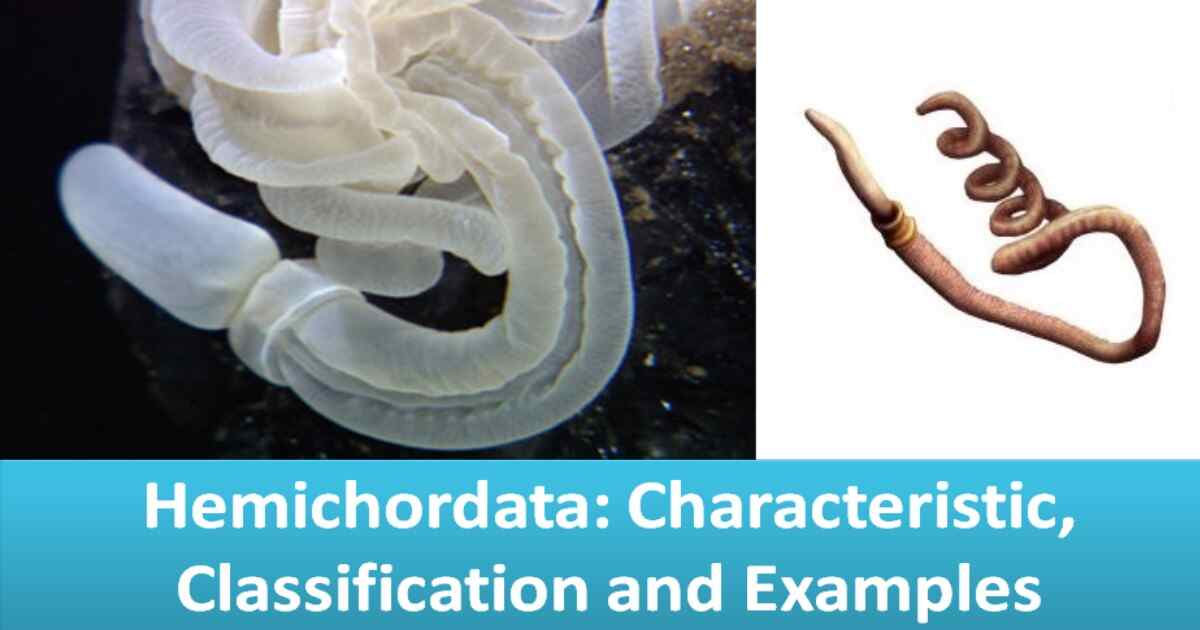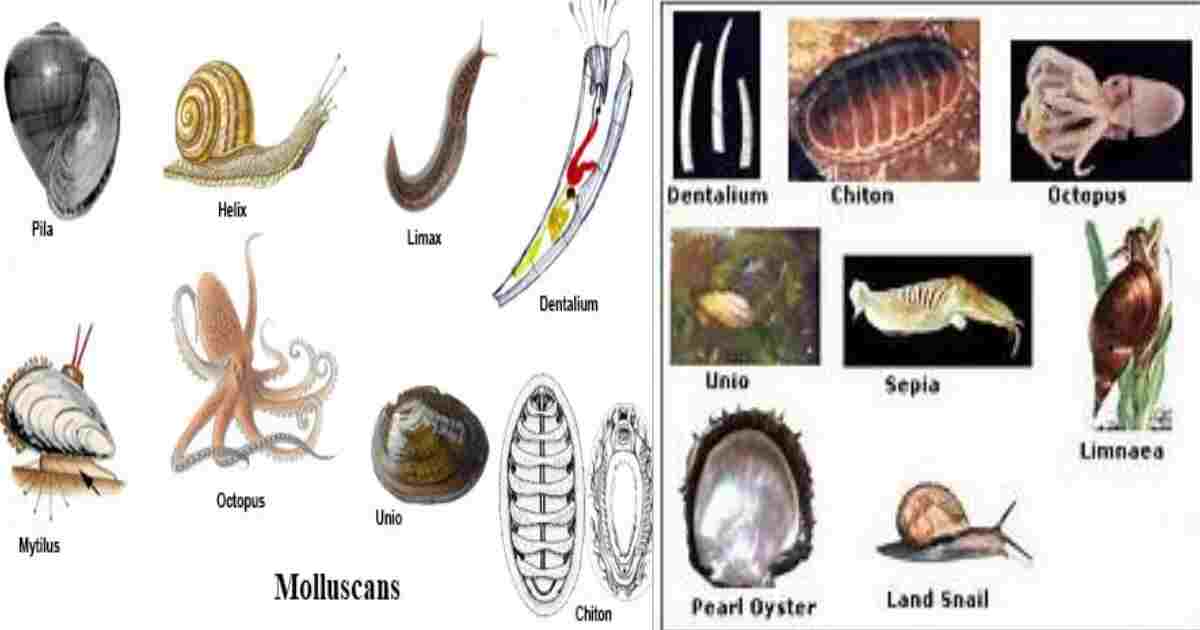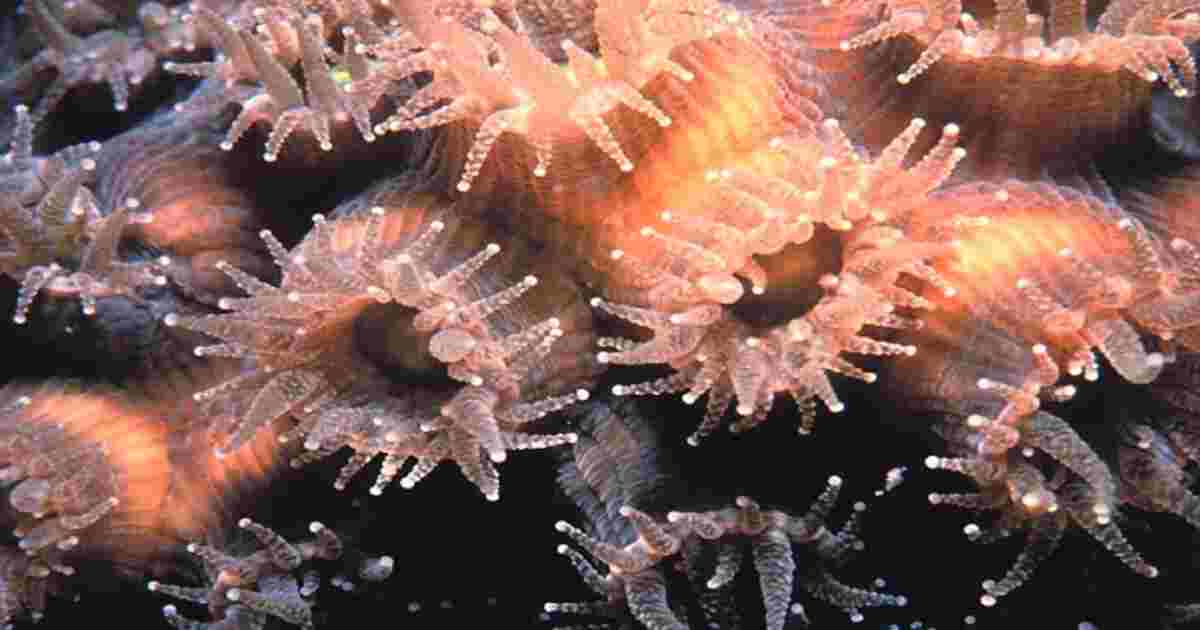Metamerism in Insects: Metamerism in insects is the division of the body into a series of similar repeating segments called metameres. Each metamere has its own set of organs and appendages, which allows insects to be highly specialized and efficient. The number of metameres in an insect varies depending on the species. For example, adult cockroaches have 13 metameres, while adult grasshoppers have 20 metameres. Metamerism is an important adaptation for insects. It allows them to be highly mobile and to move efficiently through their environment. It also allows them to specialize in different tasks, such as feeding, reproduction, and locomotion.
What is Metamerism?
Metamerism, also known as segmentation, is a biological phenomenon characterized by the repetition of body segments along the longitudinal axis of an organism. It is a fundamental feature observed in many animals, including annelids, arthropods and chordates. In metamerism, the body is divided into a series of repeating segments that are structurally and functionally similar. Each segment typically contains a set of organs, nerves, muscles, and other structures, which may vary in size and complexity depending on the specific organism. The repetition of segments provides several advantages in terms of locomotion, flexibility, specialization, and redundancy of organs.
Metamerism in Insects:
Metamerism is a significant characteristic of insects and many other arthropods. It refers to the division of the body into a series of similar repeating segments called metameres or somites. Each metamere typically
contains a pair of appendages and associated structures. The presence of metamerism allows insects to exhibit a high degree of structural specialization and functional diversity throughout their bodies.
Key aspects of metamerism in insects:
External Anatomy:
The body of an insect is divided into three major regions: the head, thorax, and abdomen. The thorax is further subdivided into three segments: the prothorax, mesothorax, and metathorax. Each of these segments typically bears a pair of legs, resulting in three pairs of legs in total. The abdomen consists of a varying number of segments, depending on the insect species.
Internal Anatomy:
The internal structures of insects are also organized in a segmented manner. The nervous system, circulatory system, and digestive system are repeated in each body segment. For example, the central nervous system consists of a ventral nerve cord running along the length of the body, with ganglia or nerve clusters present in each segment. The digestive system includes repeated segments with structures like Malpighian tubules for excretion and absorption.
Appendages:
Insects have specialized appendages attached to each body segment, serving various functions such as locomotion, feeding, sensing, and reproduction. Legs, which are the most noticeable appendages, are used for walking, jumping, swimming, or grasping. In some segments, wings may be present for flight. Antennae, located on the head, are sensory organs that help insects detect chemical and tactile stimuli from their environment.
Specialized Segments:
Certain segments of an insect’s body can be highly modified for specific purposes. For instance, the head segment contains mouthparts that are adapted for different feeding habits, such as biting, sucking, or siphoning. In some species, the segments of the abdomen may be modified into stingers, ovipositors, or other specialized structures related to reproduction.
Developmental Significance:
Metamerism in insects plays a crucial role during their development. The body segments develop from repeated divisions of cells during embryonic development. Each segment develops independently, giving rise to specific structures and tissues within that segment. This process allows for the differentiation of diverse body parts and functional specialization within each segment.
Evolutionary Significance:
Metamerism is believed to have evolved independently in different lineages of animals as an adaptive trait. It provides advantages in terms of locomotion, foraging, and adaptation to various environments. For example, segmented worms can move through narrow crevices or burrow into the ground more effectively. In arthropods, metamerism allows for the specialization of segments into different appendages, enhancing their versatility and survival in diverse habitats.
Functional Advantages:
Metamerism provides several functional advantages to insects. It allows for efficient movement and locomotion, as each segment can be independently controlled and coordinated. Additionally, the repetition of appendages and sensory structures allows for a high degree of sensory input and processing. This adaptability and specialization contribute to the success and ecological diversity of insects. It is important to note that while metamerism is a prominent characteristic of insects, the degree and extent of segmentation can vary across different insect groups. Some insects, such as beetles, display distinct visible segmentation, while others, like flies, may have a more fused appearance. The level of segment specialization and modification also varies among insect species, reflecting their diverse adaptations to various ecological niches.







